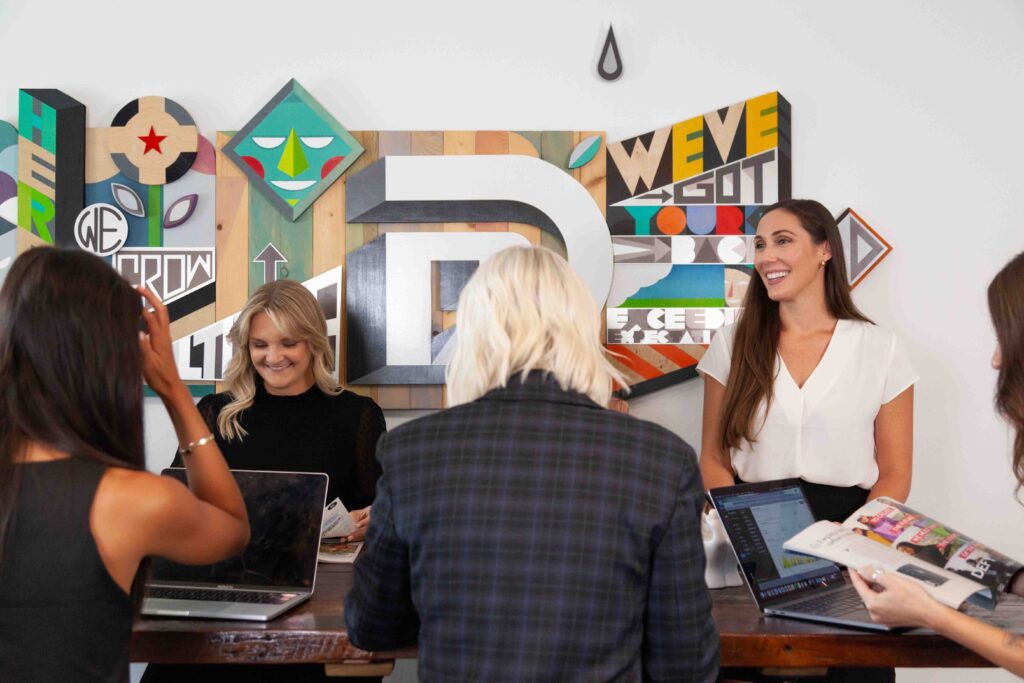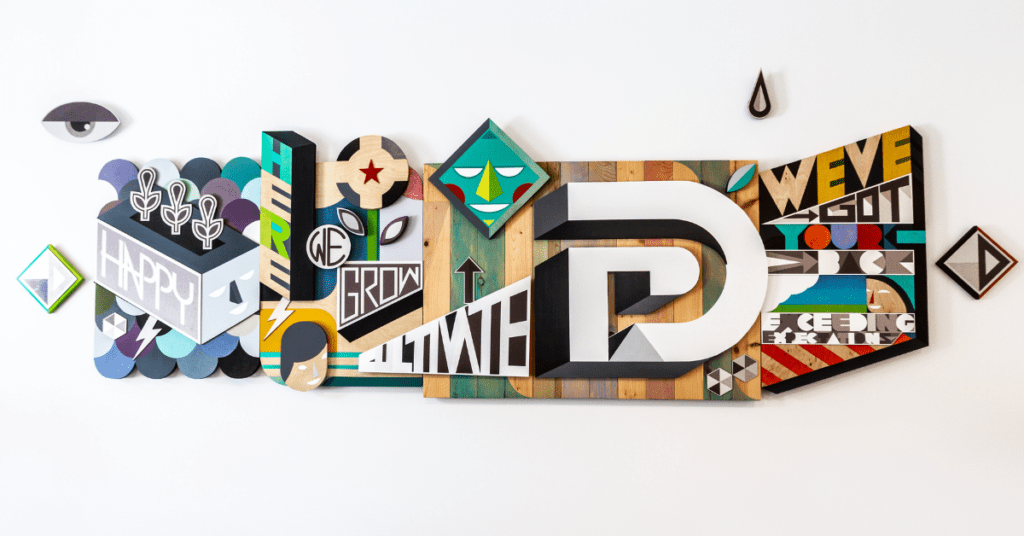With more than 1.94 billion active monthly users worldwide, Facebook is the top social media network available with the ability to target specific audiences. Not only does the platform allow businesses to interact directly with followers via messaging features, but Facebook also provides a way to scale that messaging to reach additional audiences.
Facebook advertisements and boosted posts are two ways businesses can further accomplish their social media goals. We will explore the differences between the two and examine how each option can work to increase reach and engagement on Facebook.
Facebook Advertisements
Running an advertisement on Facebook allows businesses to achieve campaign objectives, such as increased brand awareness, website clicks or conversions, app installs, event responses, video views and more. Step one, though, is to prioritize goals and launch a campaign centered on them that includes a call to action.
After selecting the primary ad goal, businesses can set start and end dates for the campaign and have the option to target specific individuals using demographic traits. These include age, gender, hobbies, language, location and more. From there, select a maximum budget for the overall campaign, as well as the daily allotment from the campaign budget. The daily budget will ensure your ad continues to run through the end date, should you choose to set one. Finally, select the campaign’s creative content, which includes an image or video along with key messaging. Be mindful of text overlays on an image, as Facebook limits the amount of text in each advertising campaign (90-character count limit).
Depending on the overall campaign goal, the look of the ad may vary slightly, but all will be visible on the general Facebook newsfeed. While businesses have the ability to view the ad metrics through Facebook Ad Manager, the ad itself is not visible on the business’s Facebook page. Facebook also gives businesses the option to run the ad on Instagram and includes those metrics with the ones from Facebook. Be careful to cater messaging that would work for both platforms.
Businesses can expect to see an increase in page likes, website clicks or online conversions, for example, based on the campaign’s call to action. Post likes and comments are also tracked, but because the ad will disappear following its conclusion, these engagements are not permanent.
Facebook Boosted Posts
Boosting a post on Facebook allows businesses to increase the reach of a post on its business page. Types of content available to boost include status updates, photos, videos, special offers and events, web links, job postings and more. Typically, boosted posts are used to increase the reach of a post that is already performing well organically.
Businesses can begin a post by selecting the blue Boost Post button on the bottom right corner of an existing post. If creating a new post, visit the Publishing Tools tab on the business’s Facebook page and click the Create button in the top right corner. From there, insert messaging, attach images or video, and select a day and time to schedule the post.
The process for boosting a post is like an advertisement in that Facebook provides the option to set demographic triggers for the post, such as age, gender, hobbies, language, location and more. Boosted posts can also be set for a specific length of time and with daily budget parameters.
Boosted posts appear on both the Facebook News Feed and the business page, and will remain on the page as a general post following the conclusion of the campaign unless it is deleted. Like advertisements, boosted posts also have the option to be run on Instagram, however metrics are combined for the two channels.
Businesses using boosted posts can expect to see a general increase in likes, comments and/or shares of the post.
Results
Dittoe PR put these Facebook marketing options to the test by running both an ad campaign and a boosted post for clients in the hospitality and real estate industries. For both industries, the experiment ran for the same amount of time, using the same messaging, creative assets and budget to ensure the results could be compared accurately.
When selecting between the two, we found that Facebook ads are better for content focusing on current events, contests and special offers. These goals are more focused on short-term effects, garnering attention and engagement immediately. These ads saw higher engagement with the business page, resulting in page likes or follows, website visits and more.
This furthers the reach of the original post, as Facebook also shares information about what audience members are interacting with on the Facebook newsfeed. Because the post remains on the business’ page following the conclusion of the campaign, boosted posts are focused on long-term efforts, sharing information and gaining credibility. Boosting these posts saw an increase in overall engagement with the post itself, including post likes, comments and shares.
We recommend testing each method to determine which works best for your business or industry. Depending on your specific goals and objectives, one option may be better than the other. If you are interested in learning more about how Dittoe PR can assist with your social media marketing, contact us today!







0 Comments